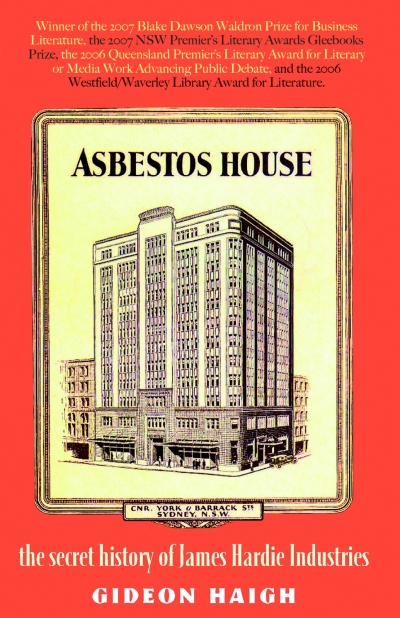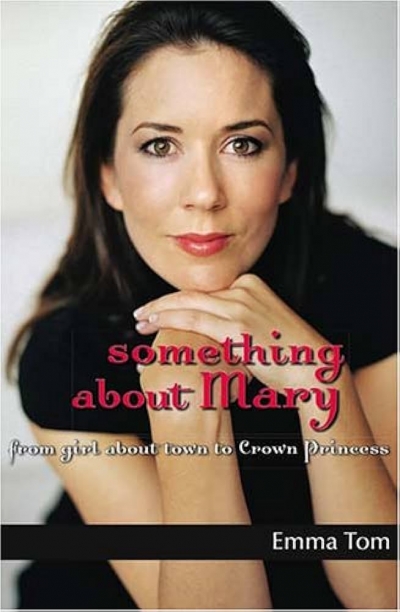Archive
Brave New Workplace: How individual contracts are changing our jobs by David Peetz
Asbestos House: The secret history of James Hardie Industries by Gideon Haigh
… although my eyes were open
In ’68 I sported a Panic Button on my blazer –
pushed, it read ‘Things will get worse before
they get worse.’ After the assassinations, I threw
it away. On edge, we were now living on the edge.
... (read more)1
Some day maybe I’ll catch them.
Across the quivering lake they float,
a trio of indistinct shapes,
but they are swans,
that much I know.
... (read more)The future of the Australian picture book would appear to be in very good hands. The most recently published writers include familiar names such as authors Hazel Edwards, Margaret Wild and Gary Crew, and author–illustrators Deborah Niland and Roland Harvey. What makes the latest offerings stand out, however, is the plethora of new and emerging authors and illustrators who are venturing into this genre. Such a combination of experienced and innovative approaches can only be good for Australian children’s literature.
... (read more)






